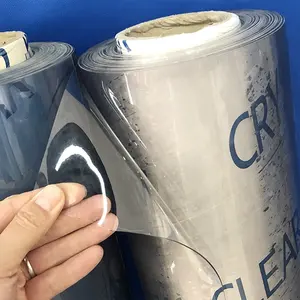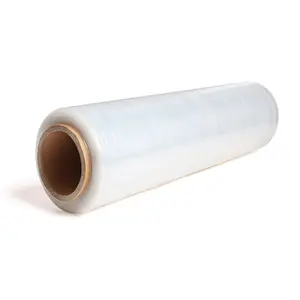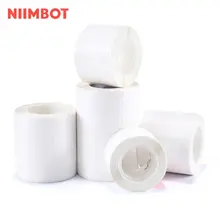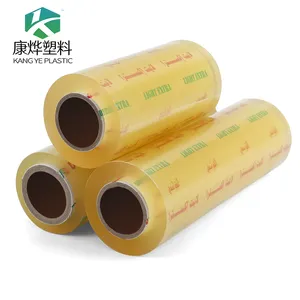Understanding Cling Film
Cling film, a versatile product found in numerous settings, serves as a primary solution for preserving food freshness and offering protection for various items. This thin plastic film adheres to many surfaces, creating a tight seal that keeps contents secure and protected from external elements.
Types and Applications of Cling Film
The utility of cling film extends beyond simple kitchen use. In the agricultural sector, UV resistant greenhouse plastic sheeting is essential for protecting delicate plants from harsh sunlight. For scientific applications, blackout plastic sheeting is utilized to maintain controlled environments for experiments. The adaptability of cling film makes it suitable for household, industrial, and commercial applications, ranging from safeguarding furniture during moves to securing food items for transport.
Materials and Features
Cling films are primarily made from materials like PE (Polyethylene) and PVC (Polyvinyl Chloride), catering to different needs. While the conventional choice is transparent, there are also options in various colors such as pink, yellow, or purple to suit specific preferences or coding requirements. For those seeking eco-friendly alternatives, biodegradable options are available, addressing environmental concerns without compromising functionality.
Advantages of Using Cling Film
The benefits of using cling film include its flexibility and ease of use, which allow for quick packaging and protection tasks. Its ability to form a second skin over products ensures that items are tightly wrapped and less susceptible to damage or spoilage. Additionally, the variety of cling film types available on the market means that there is a suitable option for nearly any requirement, whether it's for durability, UV resistance, or environmental sustainability.
Selection Criteria for Cling Film
When selecting cling film, it is important to consider the intended use, whether it be for food preservation, garden protection, or industrial applications. The thickness, material composition, and resistance properties are crucial factors that determine the suitability of cling film for a specific task. Buyers should assess the range of films available to identify the most appropriate type for their needs.
Environmental Considerations
In today's eco-conscious market, the demand for products that minimize environmental impact is on the rise. Cling film is no exception, with a growing selection of biodegradable and recyclable options. These environmentally friendly choices provide the same level of protection and convenience as traditional plastics while supporting sustainability efforts.









































 浙公网安备 33010002000092号
浙公网安备 33010002000092号 浙B2-20120091-4
浙B2-20120091-4